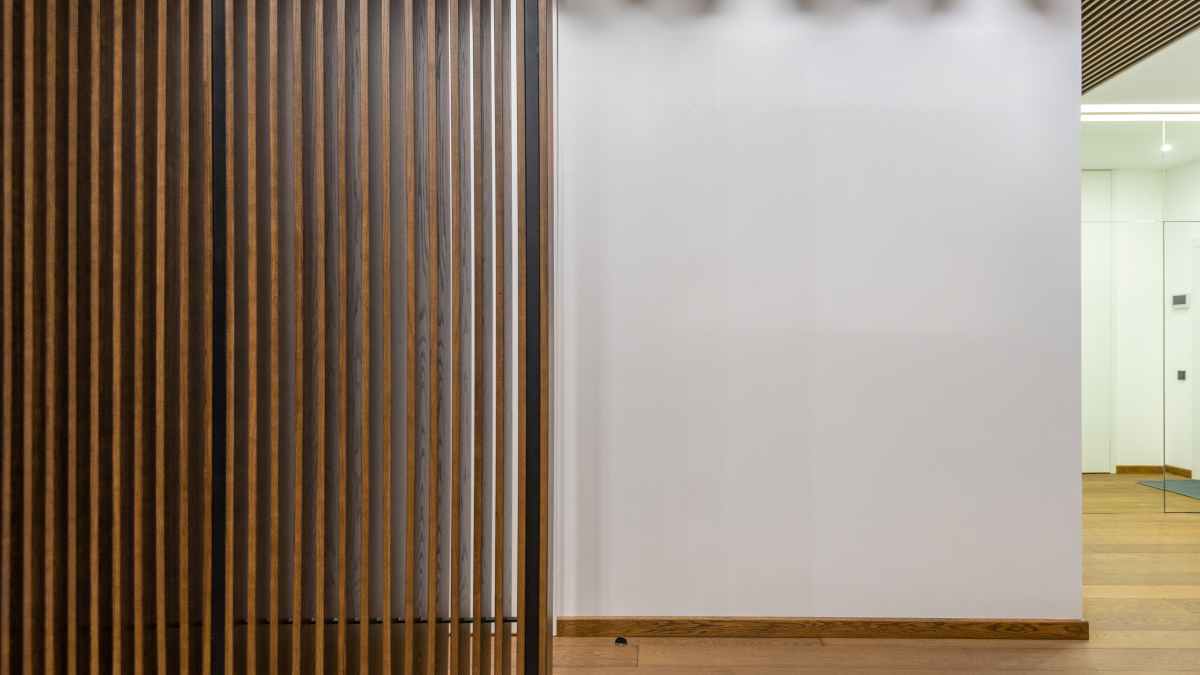Acoustic panels are a great way to reduce noise levels in any home. But when it comes to the type of material used for these panels, wood is often considered one of the best choices. From its natural beauty and warmth to its acoustic properties, there are several advantages that come with using wood acoustic panels. However, there are some potential drawbacks that should also be taken into consideration.
To start with the pros, a wooden acoustic panel provides excellent sound absorption capabilities due to their porous nature and density. This makes these panels ideal for reducing reverberation and echo inside your home or recording studio. Thanks to their unique grain patterns, wooden panels can add an attractive and natural touch to any interior design style. They’re relatively easy to install compared to other materials like metal or foam acoustic panels.
On the flip side, wooden acoustic panels tend to be more expensive than other types due to their higher quality construction and manufacturing. Wood is subject to wear and tear over time and may require frequent maintenance such as refinishing or replacing damaged pieces. Some people may find that wood paneling can absorb too much sound in certain environments resulting in overly quiet spaces which can feel uncomfortable at times.
Benefits of Using Wood Acoustic Panels in Home and Office Spaces
Wood acoustic panels are a great way to reduce noise levels in home and office spaces. They can help absorb sound waves, reducing reverberation and echo, which can make conversation more comfortable. Wood acoustic panels also provide an aesthetically pleasing look to any room, as they come in a variety of colors and styles that can match any decor. Additionally, wood acoustic panels are easy to install and maintain, making them a cost-effective solution for soundproofing your space. Also, wood acoustic panels are made from natural materials that are environmentally friendly and sustainable. This makes them an ideal choice for those looking for eco-friendly solutions for their home or office space.
How to Install Wood Acoustic Panels Properly and Safely
To ensure that the installation process goes smoothly and safely, it’s important to follow certain steps. First, make sure you have all the necessary tools and materials on hand before beginning the project. This includes a drill, screws, wall anchors, a leveler, and of course, the acoustic panels. Start by marking out where you want your panels to be installed. Use a leveler to make sure that each panel is perfectly straight and aligned with others. Then use wall anchors or screws to attach the panels securely into place. Make sure each screw is firmly tightened so that there are no gaps between the panel and the wall surface. Check for any loose connections or screws before finishing up your installation project.
How Effective Are Wood Acoustic Panels At Reducing Echoes?
Wood acoustic panels are highly effective at reducing echoes in a room. The wood absorbs the sound waves, preventing them from bouncing off hard surfaces and creating echoes. This helps create a more balanced soundscape, with less distortion and better clarity. Wood acoustic panels also help reduce background noise levels, making it easier to focus on the sounds you want to hear. They can be used to improve the acoustics of any space, whether it’s a recording studio or a home theater.
The Pros and Cons of Using Wooden vs Non-Wooden Acoustic Panels
When it comes to acoustic panels, there are two main materials used – wood and non-wood. Each materials has pros and cons.
Wooden acoustic panels are known for their natural look and feel, as well as their ability to absorb sound waves more effectively than other materials. They also tend to be more aesthetically pleasing than non-wooden options, which can make them a great choice for home theaters or recording studios. However, wooden acoustic panels can be quite expensive compared to other materials, and they may require additional maintenance over time in order to keep them looking good.
Non-wooden acoustic panels are usually made from synthetic materials such as foam or fiberglass, which makes them much cheaper than wooden options. They also tend to be easier to install and maintain since they don’t require any special treatment or finishes like wood does. On the downside, non-wooden acoustic panels may not provide the same level of sound absorption as wooden ones, so you may need more of them in order to achieve the desired effect. And they also don’t have the same aesthetic appeal as wooden ones.
In conclusion, wood acoustic panels can be a great way to add soundproofing and decor to your home. However, it is important to consider the cost and maintenance associated with these panels before committing to them.

